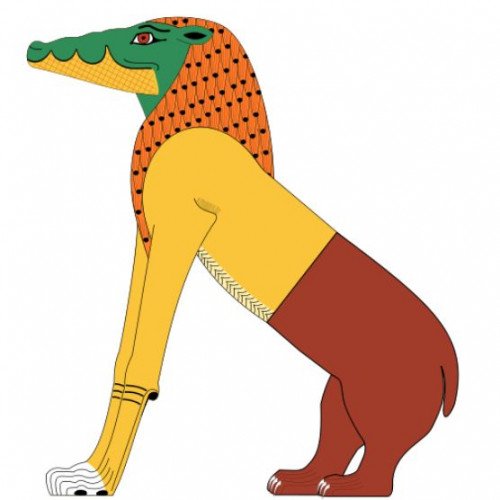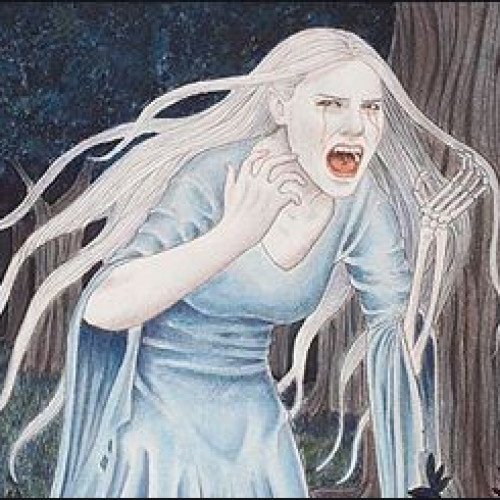Vote on Mythical creatures: Ammit vs Banshee

Ammit
Ammit (; Ancient Egyptian: ꜥm-mwt, "devourer of the dead"; also rendered Ammut or Ahemait) was a demoness and goddess in ancient Egyptian religion with a body that was part lion, hippopotamus, and crocodile—the three largest "man-eating" animals known to ancient Egyptians. A funerary deity, her titles included "Devourer of the Dead", "Eater of Hearts", and "Great of Death". Ammit lived near the scales of justice in Duat, the Egyptian underworld. In the Hall of Two Truths, Anubis weighed the heart of a person against the feather of Ma'at, the goddess of truth, which was depicted as an ostrich feather (the feather was often pictured in Ma'at's headdress). If the heart was judged to be not pure, Ammit would devour it, and the person undergoing judgment was not allowed to continue their voyage towards Osiris and immortality. Once Ammit swallowed the heart, the soul was believed to become restless forever; this was called "to die a second time". Ammit was also sometimes said to stand by a lake of fire. In some traditions, the unworthy hearts were cast into the fiery lake to be destroyed. Some scholars believe Ammit and the lake represent the same concept of destruction. Ammit was not worshipped; instead, she embodied all that the Egyptians feared, threatening to bind them to eternal restlessness if they did not follow the principle of Ma'at.
Statistics for this Xoptio

Banshee
A banshee ( BAN-shee; Modern Irish bean sí, from Old Irish: ben síde, pronounced [bʲen ˈʃiːðʲe], "woman of the fairy mound" or "fairy woman") is a female spirit in Irish folklore who heralds the death of a family member, usually by wailing, shrieking, or keening. Her name is connected to the mythologically important tumuli or "mounds" that dot the Irish countryside, which are known as síde (singular síd) in Old Irish.